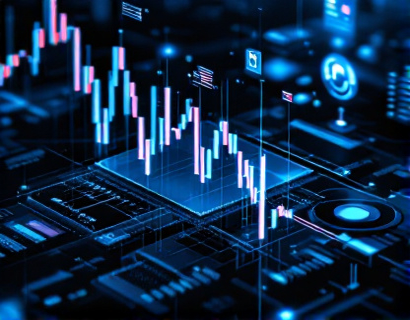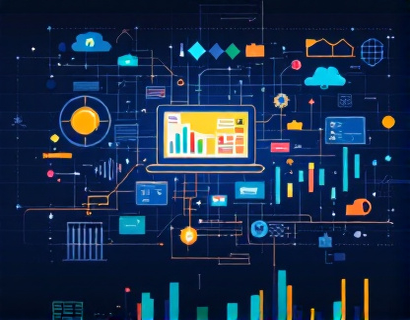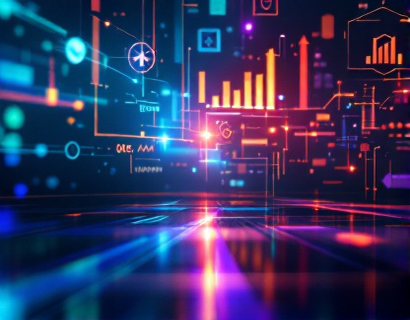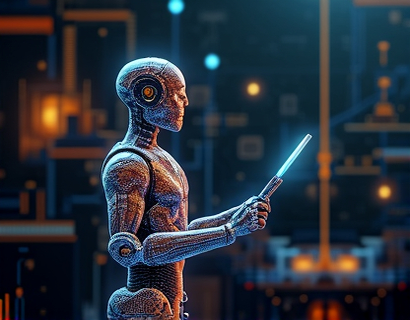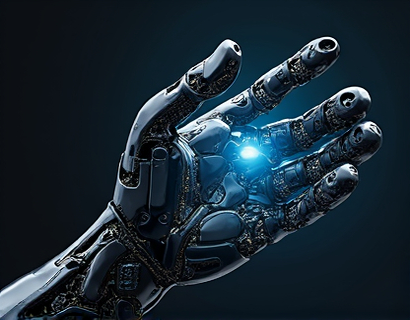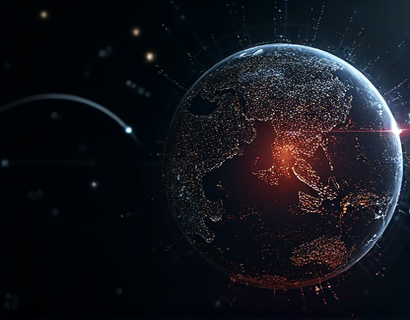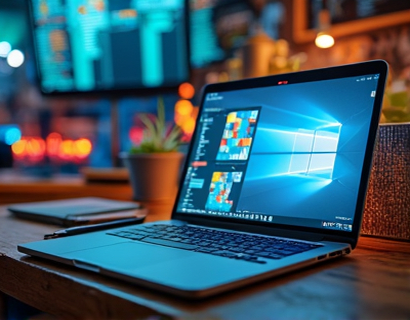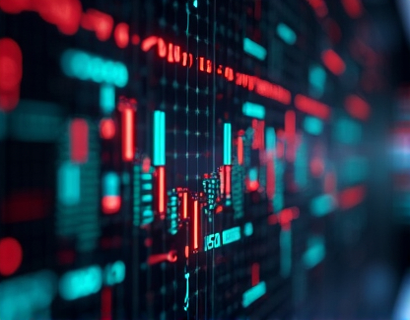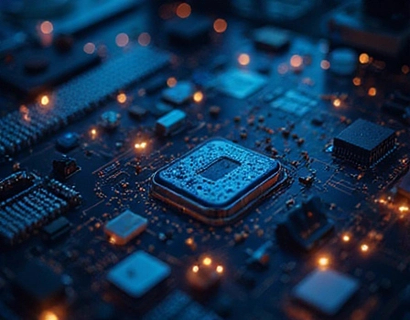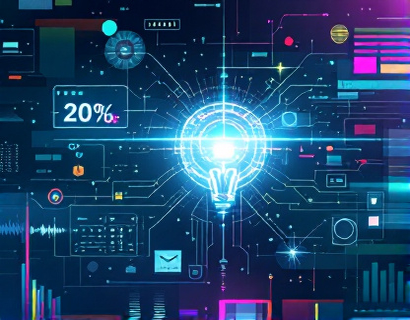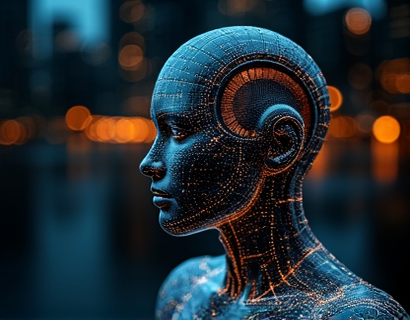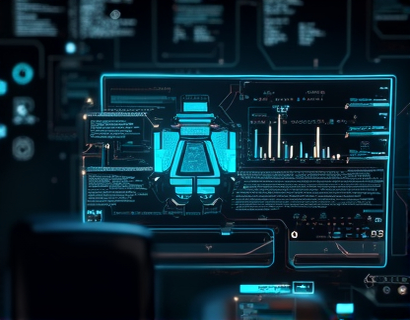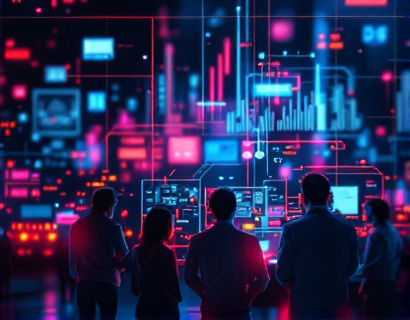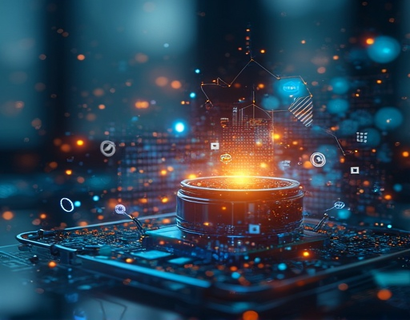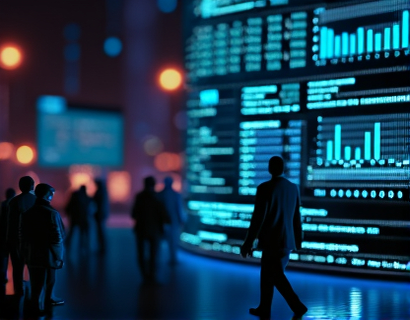Revolutionizing Digital Finance and Tech: The Synergy of AI and Crypto
The intersection of artificial intelligence (AI) and cryptocurrency is ushering in a new era of digital finance and technology. This synergy is not just a trend but a transformative force that is redefining how we interact with financial systems and technological innovations. The integration of AI into the crypto space is creating smart solutions that enhance user experiences, improve security, and open up new possibilities for decentralized applications and services.
Enhanced User Experiences through AI
One of the most immediate impacts of AI in the crypto domain is the enhancement of user experiences. Traditional cryptocurrency platforms often struggle with usability, especially for newcomers. AI-driven interfaces can simplify complex processes, making them more accessible and intuitive. For instance, chatbots powered by natural language processing (NLP) can provide 24/7 customer support, answering queries and guiding users through transactions with human-like conversational abilities. This not only improves user satisfaction but also reduces the learning curve associated with crypto investments and transactions.
Moreover, AI algorithms can analyze user behavior and preferences to offer personalized recommendations. Whether it's suggesting optimal times to buy or sell cryptocurrencies based on market trends or recommending specific decentralized applications (dApps) that align with a user's interests, AI ensures that the user experience is tailored and efficient. This level of personalization is a significant step forward in making crypto more user-friendly and appealing to a broader audience.
Security Enhancements with AI
Security is a paramount concern in the crypto world, and AI is playing a crucial role in addressing these challenges. Machine learning models can detect and prevent fraudulent activities by identifying patterns and anomalies in transaction data. These systems can quickly flag suspicious behavior, such as unusual login attempts or large transactions, and alert users or automatically block transactions to prevent potential losses. This proactive approach to security is far more effective than traditional methods, which often rely on post-incident analysis.
Additionally, AI can enhance the security of private keys and wallet management. Biometric authentication, powered by AI, offers a more secure and convenient way to access crypto assets. Face recognition, fingerprint scanning, and voice recognition are becoming standard features in crypto wallets, reducing the risk of unauthorized access. AI-driven encryption techniques also ensure that data is securely stored and transmitted, further bolstering the overall security of crypto transactions.
Smart Contracts and AI: A Powerful Combination
Smart contracts, self-executing contracts with the terms directly written into code, are a cornerstone of blockchain technology. When combined with AI, these contracts become even more powerful and versatile. AI can analyze vast amounts of data to optimize smart contract logic, ensuring that they operate efficiently and effectively. For example, AI can predict market conditions and adjust the parameters of a smart contract in real-time to maximize benefits or minimize risks. This dynamic adaptability is particularly useful in complex financial instruments and automated trading systems.
Moreover, AI can help in the creation and verification of smart contracts. By analyzing historical data and identifying potential vulnerabilities, AI tools can assist developers in writing more robust and secure contracts. This reduces the likelihood of bugs and errors that could be exploited, enhancing the reliability of decentralized applications and smart contract-based services.
Decentralized Finance (DeFi) and AI
Decentralized Finance (DeFi) is one of the most exciting frontiers where AI and crypto converge. DeFi platforms aim to provide traditional financial services on a blockchain, offering transparency, accessibility, and decentralization. AI enhances these platforms by providing advanced analytics and predictive modeling. For instance, AI can analyze market trends, economic indicators, and user behavior to forecast price movements and optimize trading strategies. This is particularly valuable in the volatile crypto market, where timely and accurate insights can lead to significant financial gains.
AI-driven lending and borrowing platforms within DeFi ecosystems use machine learning to assess creditworthiness and set interest rates dynamically. This approach is more fair and efficient than traditional credit scoring methods, which often rely on limited and outdated data. By leveraging a wide range of data sources, AI can provide a more accurate assessment of risk, making financial services more inclusive and accessible.
Tokenization and AI: Transforming Asset Management
The tokenization of assets, facilitated by blockchain technology, is revolutionizing how we own and manage assets. When AI is integrated into tokenized asset management, the potential becomes even more profound. AI algorithms can analyze market data, economic indicators, and other relevant factors to optimize the allocation and management of tokenized assets. This includes automated rebalancing of portfolios, risk assessment, and strategic investment decisions. Investors can benefit from these smart, data-driven approaches, leading to better investment outcomes and increased portfolio efficiency.
Furthermore, AI can enhance the liquidity of tokenized assets by matching buyers and sellers more effectively. By analyzing market demand and supply in real-time, AI can facilitate smoother and more efficient transactions, reducing the friction often associated with traditional asset trading. This increased liquidity is crucial for the growth and adoption of tokenized assets in the broader financial market.
AI in Cryptocurrency Mining and Network Optimization
Cryptocurrency mining, the process of validating transactions and adding them to the blockchain, is resource-intensive and often environmentally concerning. AI can optimize mining operations by predicting the most efficient times to mine and adjusting computational resources accordingly. Machine learning models can analyze historical data to forecast network conditions, hash rates, and energy costs, helping miners maximize their returns while minimizing environmental impact. This optimization not only improves the sustainability of mining but also enhances the overall efficiency of the blockchain network.
AI can also play a role in network optimization beyond mining. By analyzing network traffic and transaction patterns, AI can identify bottlenecks and propose solutions to improve network performance. This includes optimizing block sizes, transaction processing times, and resource allocation, ensuring that the blockchain remains scalable and resilient. A well-optimized network is essential for the widespread adoption of crypto technologies and the seamless execution of decentralized applications.
AI-Driven Market Analysis and Trading Bots
One of the most immediate applications of AI in the crypto space is the development of advanced trading bots. These bots use AI algorithms to analyze market data, identify trends, and execute trades automatically. Unlike traditional trading, which often relies on human intuition and experience, AI-driven trading bots can process vast amounts of data in real-time, making them highly effective in fast-paced markets. These bots can operate 24/7, capitalizing on opportunities that might be missed by human traders due to time constraints or emotional decision-making.
AI-powered market analysis tools provide deep insights into market dynamics, helping traders make informed decisions. These tools can analyze news articles, social media sentiment, and other alternative data sources to gauge market sentiment and predict price movements. By combining this qualitative data with quantitative analysis, traders can gain a more comprehensive understanding of the market, leading to better investment strategies and higher returns.
Challenges and Considerations
While the integration of AI and crypto offers numerous benefits, it also presents challenges that must be addressed. One of the primary concerns is the regulatory landscape. As AI and crypto continue to evolve, regulators are grappling with how to oversee these innovative technologies. Ensuring compliance with existing laws while fostering innovation is a delicate balance. Developers and companies must stay informed about regulatory changes and design systems that are compliant and transparent.
Another challenge is the ethical use of AI. The deployment of AI in finance and technology raises questions about privacy, bias, and transparency. It is crucial to develop AI systems that are ethical and fair, avoiding biases that could disadvantage certain groups of users. Transparency in AI decision-making processes is also essential to build trust among users and stakeholders.
Future Prospects
The future of AI and crypto is bright, with numerous opportunities for further innovation and growth. As AI technologies advance, we can expect even more sophisticated solutions in areas such as predictive analytics, automated trading, and smart contract optimization. The integration of AI with other emerging technologies, like quantum computing and the Internet of Things (IoT), could lead to breakthroughs that we can only begin to imagine.
For individuals and businesses looking to leverage the power of AI and crypto, the key is to stay informed and adaptable. Continuous learning and a willingness to embrace new technologies will be essential in navigating this rapidly evolving landscape. Whether it's through investing in crypto assets tokenized with AI, using AI-driven trading bots, or exploring decentralized financial services, the potential for enhanced user experiences and innovative solutions is vast.
In conclusion, the synergy between AI and crypto is not just a passing trend but a fundamental shift in how we approach digital finance and technology. By harnessing the strengths of both fields, we can create smarter, more secure, and more user-friendly systems that set new standards in the tech and finance sectors. The journey ahead is exciting, and those who embrace this synergy will be at the forefront of the next digital revolution.




